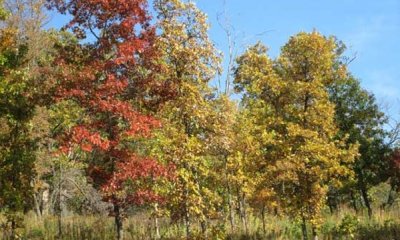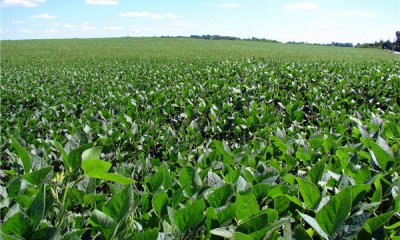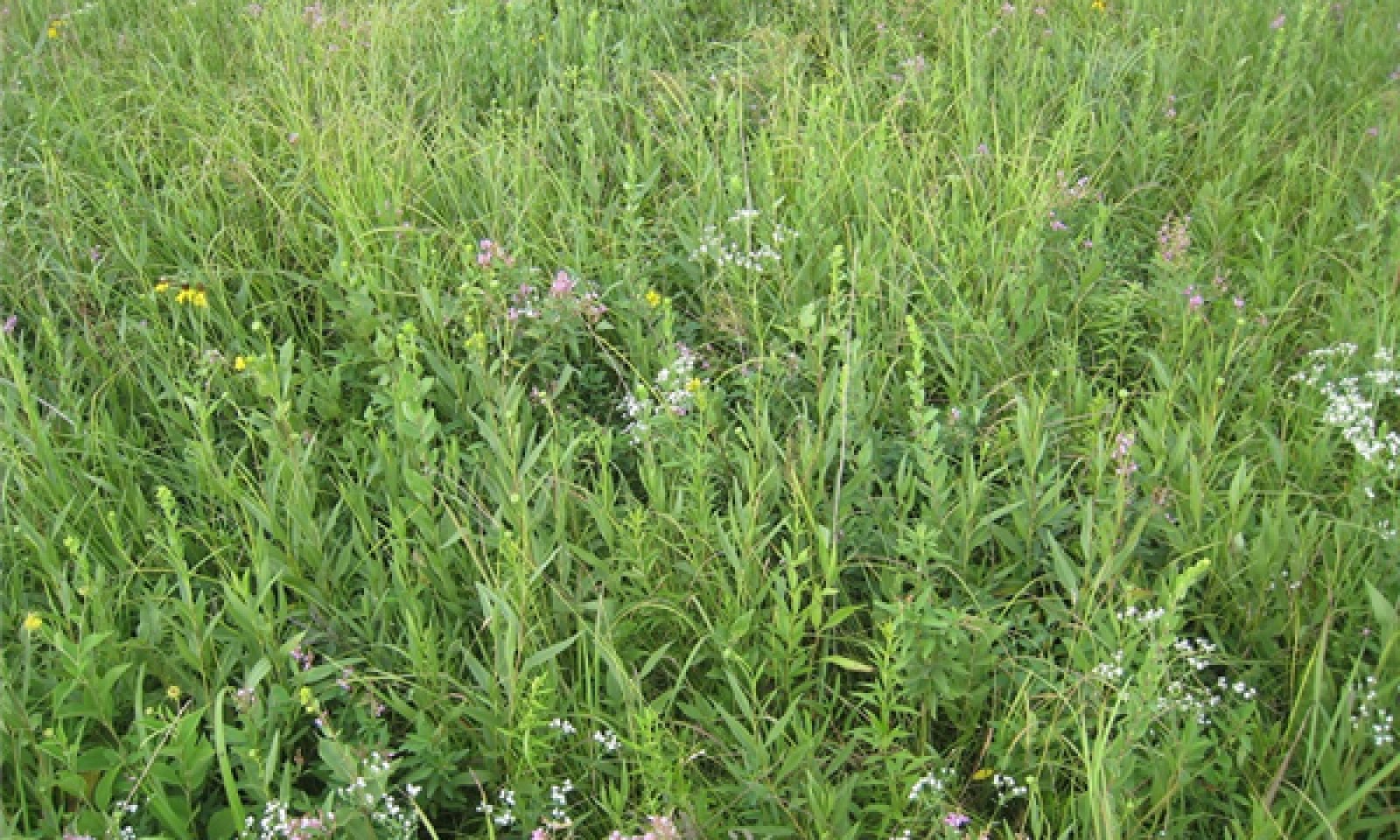
Loess Upland Prairie
Scenario model
Current ecosystem state
Select a state
Management practices/drivers
Select a transition or restoration pathway
- Transition T1A More details
- Transition T1B More details
- Transition T1C More details
- Restoration pathway R2A More details
- Transition T2A More details
- Transition T2B More details
- Transition T3A More details
- Transition T3B More details
- Transition T4A More details
- Transition T4B More details
- Restoration pathway R5A More details
- Transition T5A More details
-
No transition or restoration pathway between the selected states has been described
Target ecosystem state
Select a state
State 1
Reference




Description
This State is native tall grass prairie dominated by prairie dropseed, big bluestem and a wide variety of prairie wildflowers. This State occurs on level to gently sloping soils. In some cases, bur oak (Quercus macrocarpa), swamp white oak (Quercus bicolor), elm (Ulmus sp.), gray dogwood (Cornus racemosa), prairie willow (Salix humilis) and wild plum (Prunus americana) occurred in small groves or as scattered individuals across the prairie landscape.
Two phases can occur that will transition back and forth depending on fire frequencies. Longer fire free intervals will allow woody species to increase such as prairie willow, dogwoods and wild plum. When fire intervals shorten these woody species will decrease.
This state is rare. Most sites have been converted to cool season grassland and intensive agriculture cropland.
Submodel
Description
Degraded reference state that has experienced fire suppression for 20 or more years will transition to this state. With fire suppression, woody species such as bur oak and eastern redcedar will begin to increase transitioning this state from a prairie to a Woody Invaded Savanna. Native ground cover will also decrease and invasive species such as tall fescue may begin to dominate. This state is uncommon due land use conversion within the last century. Historically, transition from this state to cool season grasslands (State 3) or intensive cropland (State 4) was very common.
Submodel
State 3
Cool Season Grassland
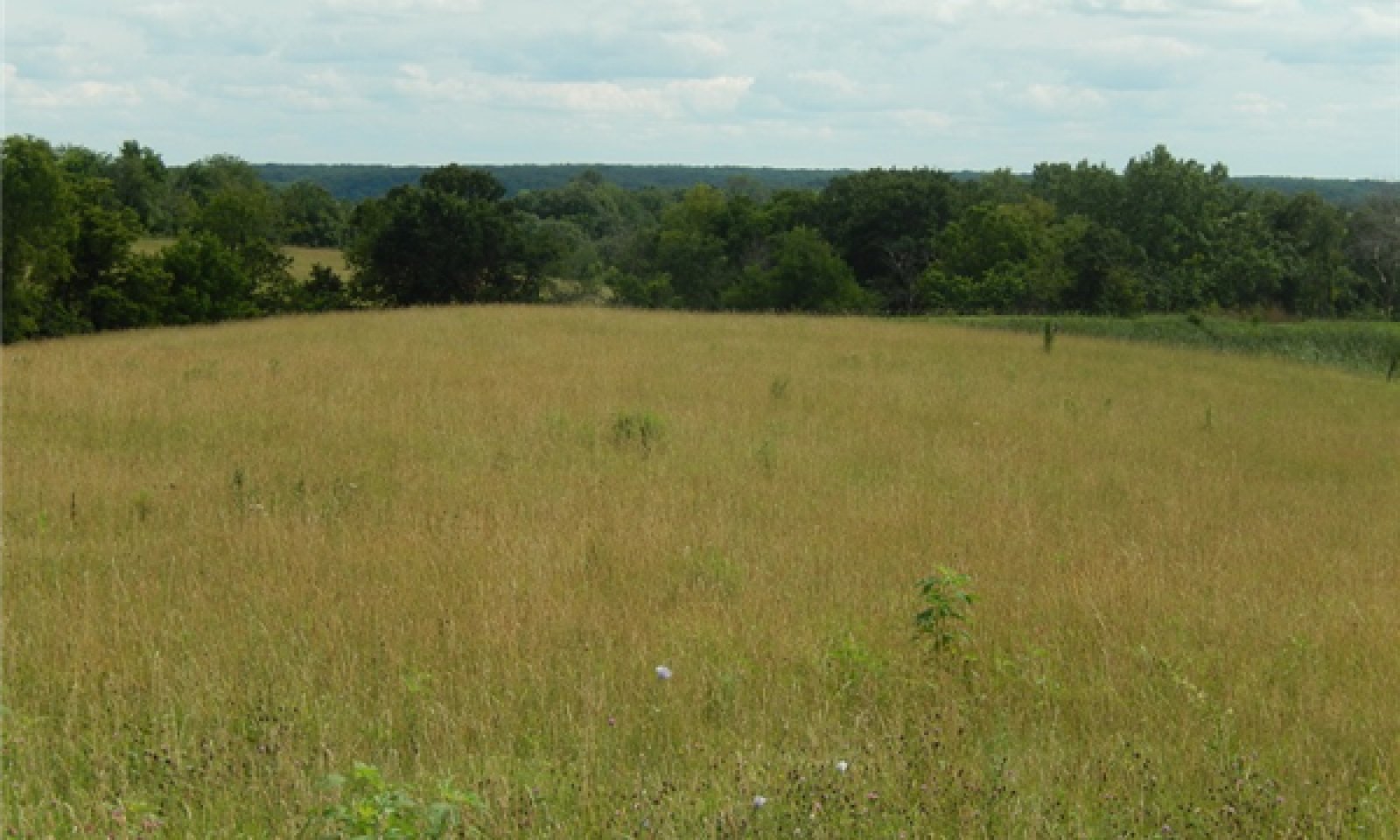


Description
Conversion of other states to non-native cool season species such as tall fescue (Schedonorus arundinaceus), smooth brome (Bromus inermis) and red clover (Trifolium pretense) has been common in this area. Occasionally, these grasslands will have scattered bur oaks. This state is typically grazed or used for hay land.
Long term uncontrolled grazing and a lack of grassland management can cause significant soil erosion and compaction and increases in less productive species such as multiflora rose (Rosa multiflora), Kentucky bluegrass (Poa pratensis) and weedy forbs. A return to the reference state may be impossible, requiring a very long term series of management options.
Submodel
Description
This is the dominant state that exists currently with intensive cropping of corn (Zea mays), soybeans (Glycine max), and wheat (Triticum aestivum) occurring. Some conversion to cool season grassland occurs for a limited period of time before transitioning back to cropland.
Submodel
State 5
Native Warm Season Grassland
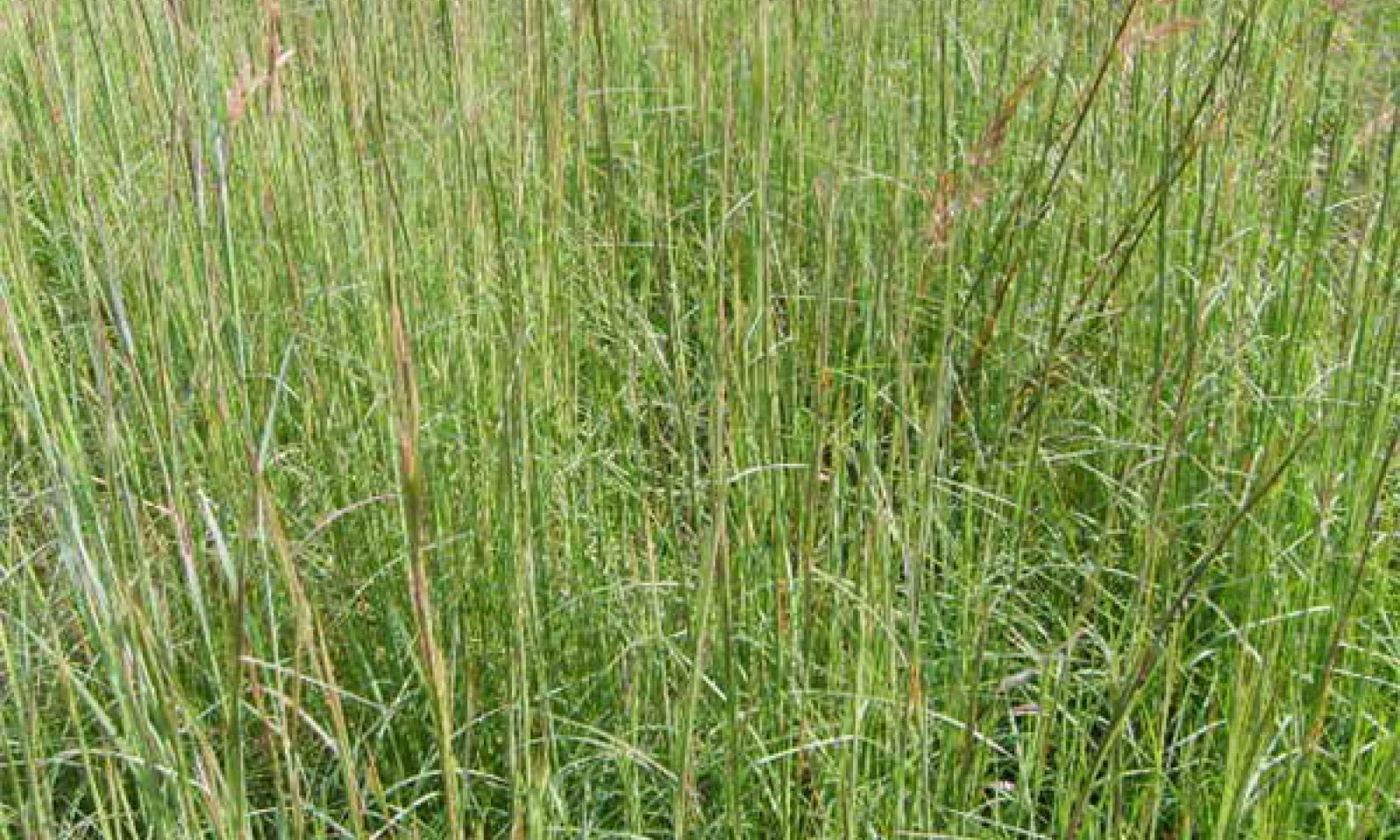


Description
Conversion from the Cool Season Grassland (State 3) or the Cropland (State 4) to this State is increasing due to renewed interest in warm season grasses as a supplement to cool season grazing systems or as a native restoration activity.
Two phases exist. Phase 1 is generally a native grass dominated phase with few to no forbs. Phase 2 sees an increase in forb numbers and diversity due natural invasion and/or mechanical planting and seeding. Phase 2 will transition back to phase 1 through drought, seeding failure, or poor fire management.
This State is the most easily transformable state back to a Reference State. Substantial restoration time and management inputs will still be needed.
Submodel
Mechanism
Fire suppression activities for greater than 20 years and woody invasion will result in a transition to community phase 2.1.
Mechanism
Destroying the prairie sod with tillage, adding a cool season grass/legume vegetative seeding and grassland management will result in a transition to community phase 3.1.
Mechanism
Removing the prairie sod with tillage and adding a conservation cropping system will result in a transition to community phase 4.1.
Mechanism
This state can be restored to a reference state with woody removal, brush management, planting additional native grass and forb species and initiating a prescribe fire regime (every 1 to 3 years). Limited controlled grazing may also be needed.
Mechanism
Woody removal, brush control, removing the prairie sod with tillage seeding cool season grass and legume species and incorporating grassland management will result in a transition to community phase 3.1.
Mechanism
Woody removal, brush control, removing the prairie sod with tillage and incorporating conservation cropping system will result in a transition to community phase 4.1.
Mechanism
Removing the cool season sod with tillage and adding a conservation cropping system will result in a transition to community phase 4.1.
Mechanism
Killing the existing cool season sod, reseeding to native warm season grasses and adding prescribed fire will result in a transition to community phase 5.1.
Mechanism
A seeding of cool season grasses and legumes and grassland management will result in a transition to community 3.1.
Mechanism
A seeding of native warm season grasses and grassland management will result in a transition to community 3.1.
Mechanism
This state can be restored to a reference state by planting additional native grass and forb species and initiating a prescribe fire regime (every 1 to 3 years). Limited controlled grazing may also be needed.
Model keys
Briefcase
Add ecological sites and Major Land Resource Areas to your briefcase by clicking on the briefcase (![]() ) icon wherever it occurs. Drag and drop items to reorder. Cookies are used to store briefcase items between browsing sessions. Because of this, the number of items that can be added to your briefcase is limited, and briefcase items added on one device and browser cannot be accessed from another device or browser. Users who do not wish to place cookies on their devices should not use the briefcase tool. Briefcase cookies serve no other purpose than described here and are deleted whenever browsing history is cleared.
) icon wherever it occurs. Drag and drop items to reorder. Cookies are used to store briefcase items between browsing sessions. Because of this, the number of items that can be added to your briefcase is limited, and briefcase items added on one device and browser cannot be accessed from another device or browser. Users who do not wish to place cookies on their devices should not use the briefcase tool. Briefcase cookies serve no other purpose than described here and are deleted whenever browsing history is cleared.
Ecological sites
Major Land Resource Areas
The Ecosystem Dynamics Interpretive Tool is an information system framework developed by the USDA-ARS Jornada Experimental Range, USDA Natural Resources Conservation Service, and New Mexico State University.

